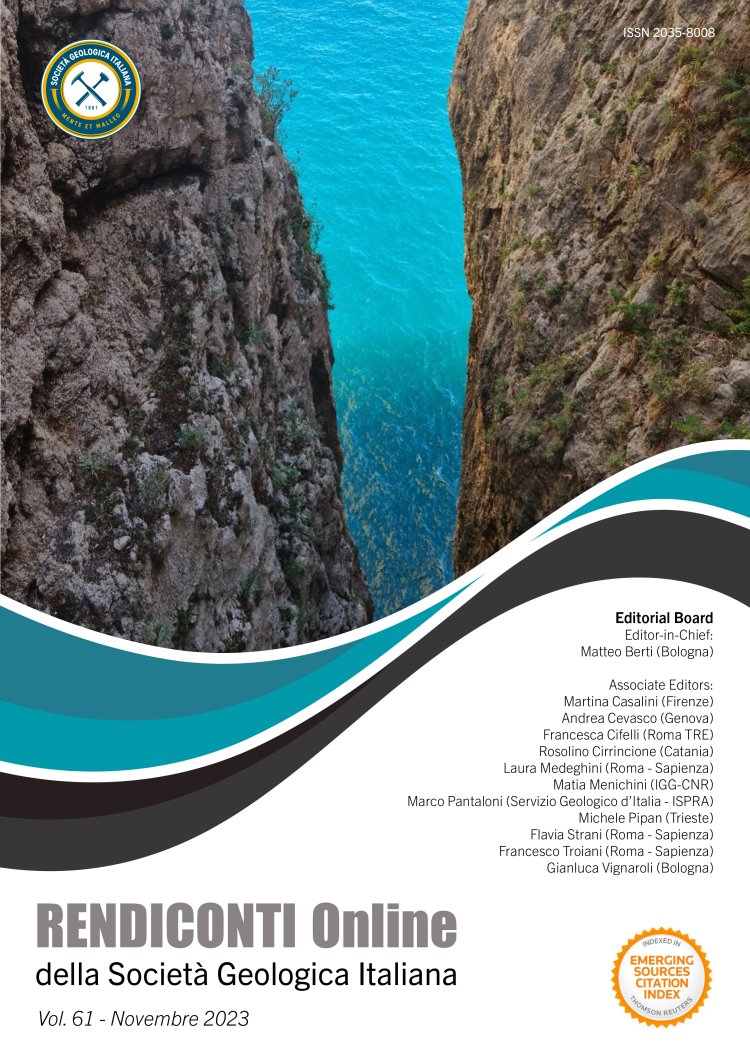

Inhomogeneous Beam Brightness Intensity Converter (IBBIC) as support software for cathodoluminescence microscopy studies and images pre-processing
Francesco Volpintesta1 & Giovanni Volpintesta2
1School of Science and Technology, Geology Division, University of Camerino, Via Gentile III da Varano 7, 62032, Camerino, Italy.
2Independent researcher, computer engineer.
Corresponding author e-mail: francesco.volpintesta@unicam.it
DOI: https://doi.org/10.3301/ROL.2023.43
Volume: 61/2023
Pages: 27-35
Abstract
Cathodoluminescence (CL) has gained over time a growing interest in science and technology. CL microscopy has one of its most common applications in geological research, however, such analysis is affected by brightness values not dependent on the CL response of analysed samples, but on the nature of instrumentation currently adopted.
In this work a software has been developed, IBBIC, which is able to convert the brightness intensity of inhomogeneously distributed beams to simulate the response that the investigated materials would have had under the theoretically optimal conditions. Furthermore, it can reduce the contribution of a particular kind of noise, which remarkably manifests values of brightness unrelated to any actual luminescence effect. Moreover, it is equipped with tools capable of supporting the operator in choosing the appropriate parameters for image processing minimizing artefacts, which would otherwise be demanding, laborious and difficult to apply on a large collection of images.
To assess the IBBIC software, it was run on 412 images provided by literature and acquired using CL microscopy in widely varying conditions. The results show that it can be applied to microscopy CL studies, as it does not significantly distort the CL response of the analysed samples, but it makes it possible to study correlations between image portions, which are far apart from each other.
The software may be extremely helpful in CL studies and other similarly error- prone instruments, as such images pre-processing can pave the way for hitherto challenging and not widespread quantitative/semi-quantitative image analysis.
Keywords
Get Full Text